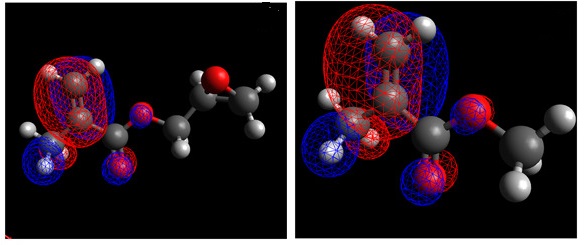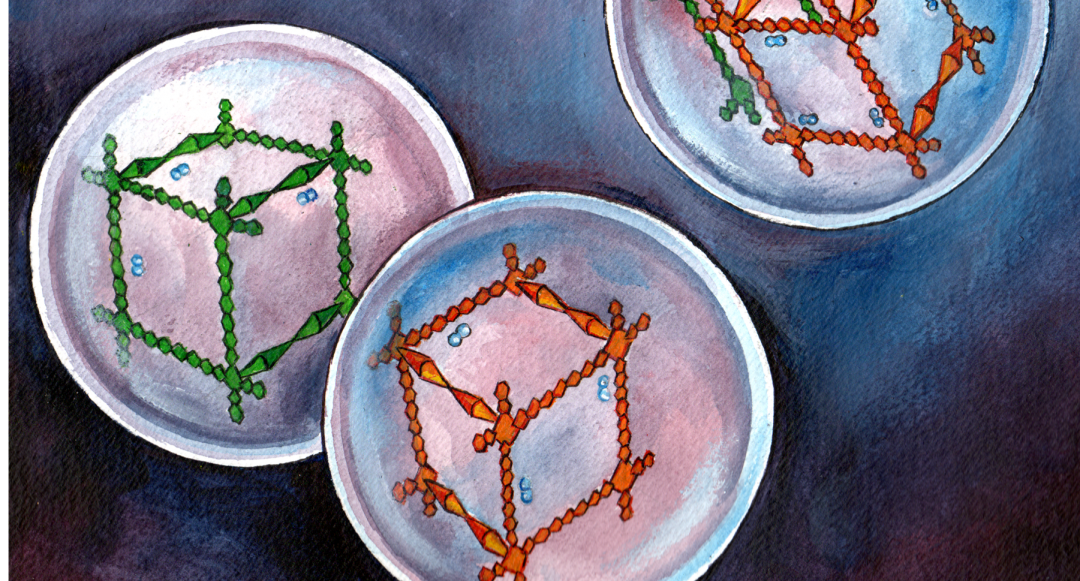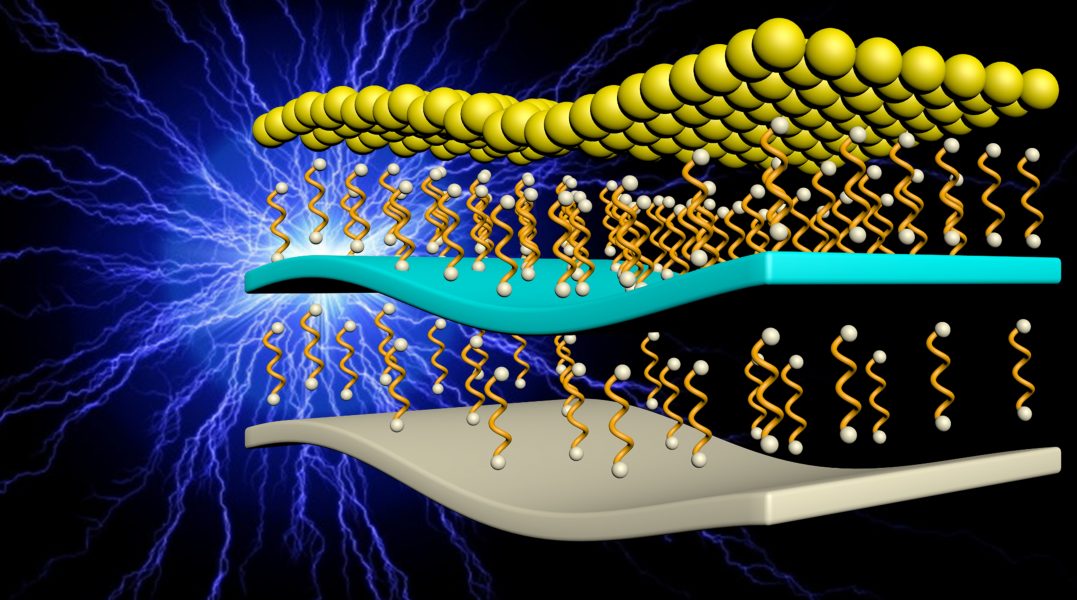As the home of the largest mangrove area in the world, Indonesia is a key player in the international blue carbon agenda. While it has over 22% of world’s mangroves, Indonesia is also facing rapid mangrove degradation.
Overcoming Early Career Barriers to Interdisciplinary Climate Change Research
None are likely better suited to interdisciplinary research than those early in their scientific careers, and the next generation of scientists whom they are today teaching, advising, and mentoring.

Poly-Synthesizing Using Plasma‐Initiated Chemical Vapor Deposition
A team of researchers from Luxembourg established a comprehensive mass‐spectrometry study of a set of poly(alkyl acrylate) layers synthesized by atmospheric pressure plasma‐initiated chemical vapor deposition (AP‐PiCVD).

Interview: Advances in Hydrogen Storage Technologies
Interview with Dr. Karsten Müller and Timo Rüde of the Friedrich-Alexander-Universität Erlangen-Nürnberg, Germany about their recent work on liquid organic hydrogen carrier (LOHC) systems and the recent Special Issue of Energy Technology on Hydogen Storage Materials, Carriers, and Processes.

Structure–Function Comparisons and Implications for Genome Editing
Although the overall functionality of Cas9 and Cas12a is remarkably similar, their distinct structural features result in distinct molecular mechanisms that impact their activities.

Energy Perspectives: Arumugam Manthiram Describes Polysulfide Shuttling
Arumugam Manthiram of the University of Texas at Austin was a Web of Science Highly Cited Researcher for 2017. Hear what he has to say about the problem of polysulfide shuttling in sulfur-based battery systems.
![Super-Repellent Surfaces Based on Triply Re‐Entrant Structures [Video]](https://www.advancedsciencenews.com/wp-content/uploads/2018/05/adma201800103_ASN_image_003.jpg)
Super-Repellent Surfaces Based on Triply Re‐Entrant Structures [Video]
Zhongze Gu and colleagues from Southeast University in China utilize direct laser writing to 3D-print omniphobic, triply re-entrant surfaces that can universally repel organic liquids.

When Industry Challenges Science
Polymer International is keen to bring industry and academia one step closer and create a communication channel through a new type of article: ‘Challenges to Industry’.

Honeycomb Lattice Increase Battery Life
US researchers developed a honeycomb lattice that could increase battery life of electronic devices by more than a hundred-fold.
![Microbial Sensors Based on ZnO Nanorod Arrays [Video]](https://www.advancedsciencenews.com/wp-content/uploads/2018/05/adfm201706309_ASN_image.jpg)
Microbial Sensors Based on ZnO Nanorod Arrays [Video]
The size, shape, and order of nanorods in solid-state microbial sensors are controlled using the forces of gravity and magnetism.










